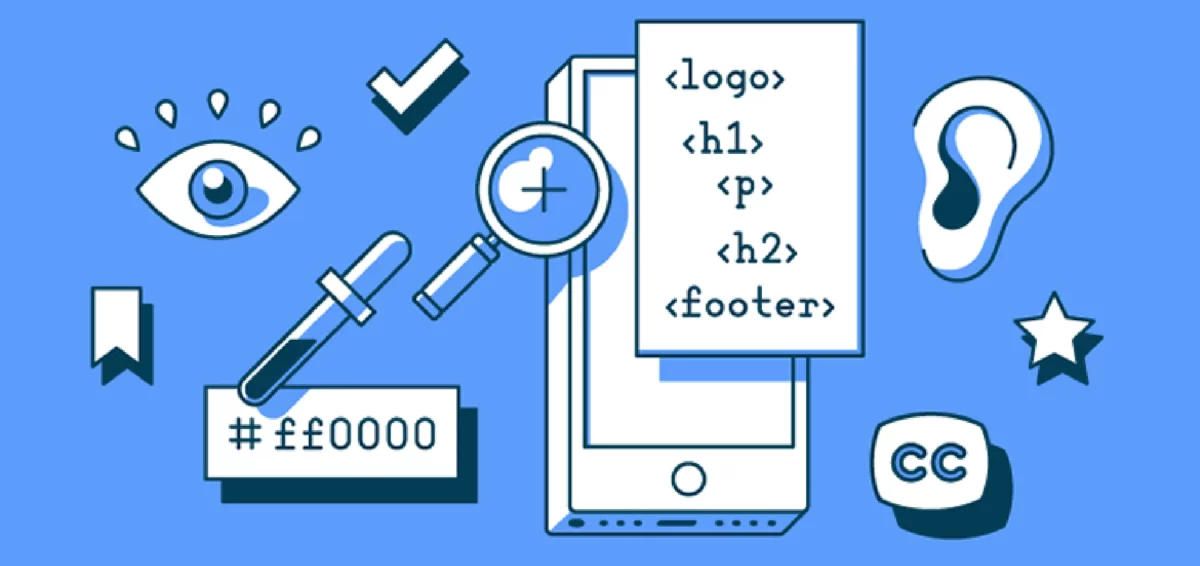The internet is everywhere, and it’s part of pretty much every aspect of our lives. It all started with a home computer and dial-up connection that allowed us to go online only at a particular time of the day. Now, we have access to the internet at any place and time.
And although the benefits are apparent, it doesn’t work the same for everyone. People with disabilities can’t use this technology as everyone else does. Some users are visually impaired; others have trouble moving a mouse or need to use their mobile phones or PCs with their voice. There are a huge number of impediments that product developers must keep in mind to create solutions that everyone can enjoy.
A couple of years ago, the concept of accessibility did not exist. So, millions of people were left out of most technological advances. But fortunately, this has changed. Over the last couple of years, developers and designers have been paving the way towards more accessible products with empathy as their guiding principle. We need to understand accessibility as a tool to offer access to information, knowledge, and solutions to people who are often overlooked.
There is good news, though. Recently, some outstanding initiatives have been using technology to bridge that gap. For instance, Guideline by Alphabet, the company behind Google, allows blind or visually impaired people to go running alone. The runner must attach their mobile phone to their waist so that it can “see” the path through the camera and inform them if there are obstacles ahead or whether they should turn or go straight, as well as other voice-powered instructions. The goal is to give independence to people who currently can only run accompanied.
Also, many apps do something simple but vital for millions of users: turning voice into text, allowing people to make notes, send messages and emails, post tweets, and perform countless other tasks that would otherwise be much more complex and time-consuming. ListenAll and Dictation are some examples.
Smart homes are often overlooked when talking about accessibility. Through voice commands or by touching our mobile phone, we can turn on a light, answer the doorbell without having to get out of bed, or adjust the settings of our air conditioner. For many, this is a luxury or a treat. But for others, it’s a solution that has brought immense independence. Todd Stabelfeldt, CEO of C4 Database Management, who has quadriplegia and is a smart home user, explained it perfectly: “Convenience for you is independence for me.”
Accessibility has become a priority. Considering all people who might use the technology we develop is not just another use case; it’s a requirement we must keep in mind from the beginning of any project.

